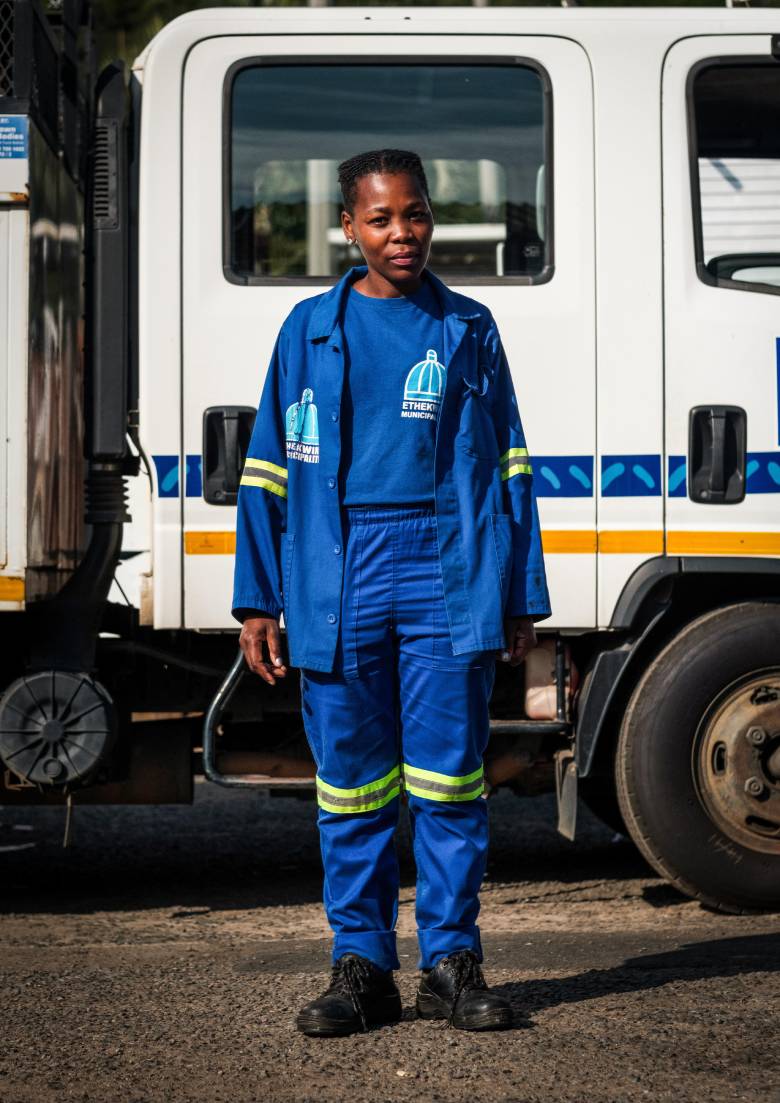The joint report recommends taking steps that systemically mitigate occupational health and safety hazards along the sanitation service chain, and includes four areas of action:
• Reform policy, legislation and regulation to acknowledge and professionalize the sanitation workforce along the sanitation service chain.
• Develop and adopt operational guidelines to assess and mitigate the occupational risks of sanitation work, including: developing national and local standard operating procedures; supporting municipal oversight and enforcement of laws regarding sanitation service providers; and providing training, technology and personal protective equipment (PPE).
• Advocate for sanitation workers and promote their empowerment to promote workers’ rights and amplify workers’ voices through unions and associations.
• Build the evidence base to address the issues of quantifying the sanitation workforce and documentation of challenges workers face.
The good news is that a growing number of actors are working to address this issue. For example, India first banned manual scavenging in 1993 with the Employment of Manual Scavenging and Construction of Dry Latrines (Prohibition) Act. In 2013, the Prohibition of Employment as Manual Scavengers and their Rehabilitation Act (PEMSR) was passed, which prohibited the employment of manual scavengers and aimed to provide rehabilitation services for them and their families. In 2014, the Supreme Court of India ruled that manual scavenging violates international human rights commitments, and the Government recently developed an action plan to end direct contact with human waste.
Employing training, technology and the use of PPE have also proven to be effective. Juma Ng’ombo has been working as a sanitation worker in Dar es Salaam since 2003. He operates a machine called a gulper, which is used to empty toilets in crowded city settlements. “The gulper is helping us a lot, because it is able to reach all corners of streets and houses where big trucks cannot pass. When we are collecting the liquid waste, we protect ourselves by wearing gloves, boots, masks, and using sanitizer,” he says.
In 2017, the Association of Manual Emptiers of Burkina Faso (ABASE) was recognized by the country’s Ministry of Water and Sanitation for its work on improving the living conditions of sanitation workers in Ouagadougou. In addition to providing emptiers means to organize and advocate, the ABASE also offers training and capacity building, and assists in obtaining vaccines and equipment for its members.
In South Africa, eThekwini municipality is a well-known example of a water supply and sanitation service provider which provides strong leadership, customer orientation and technological innovation to achieve the national goal of providing sanitation services to everyone in a sustainable manner, while respecting labor and occupational health and safety (OHS) laws and mitigating occupational risks for its sanitation workers. Senzi Dumakude, a member of an eThekwini Municipality sewage blockage crew in Durban, says she is content with the job, thanks to the salary she makes and the stability which comes from being employed by the municipality.
“The things I like most about my job, I enjoy serving the community, making sure that our city is clean because when there is sewage obviously the community becomes so uncomfortable, so we are making sure it is safe,” she says.



